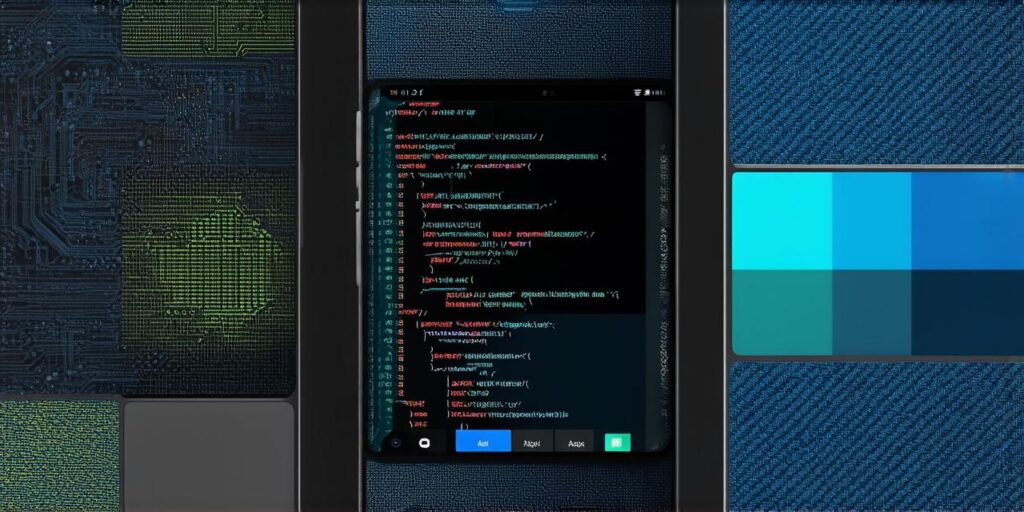How to Write a Request for Proposal (RFP) for Mobile App Development from a Mobile App Development Firm
Are you looking to develop a mobile application but don’t know where to start? Do you want to ensure that your app is developed to the highest standards and meets all of your business requirements? If so, then writing a request for proposal (RFP) from a mobile app development firm is an essential step in the process.
Introduction
Before we dive into the details of writing an RFP for mobile app development, let’s first understand what an RFP is and why it is necessary. An RFP is a formal document that outlines the requirements, objectives, and expectations of a client for a particular project.

Optimizing Your RFP for SEO
Now that we understand what an RFP is, let’s talk about how to optimize it for SEO. SEO stands for search engine optimization, which is the process of improving the visibility and ranking of a website or document in search engine results pages (SERPs). In this case, we want to optimize our RFP so that it ranks higher in SERPs when potential clients search for mobile app development services.
Here are some tips on how to optimize your RFP for SEO:
- Use keywords: Identify relevant keywords that potential clients may use when searching for mobile app development services. Include these keywords in the title, body, and meta tags of your RFP.
- Provide valuable content: Your RFP should provide valuable information about mobile app development, including its benefits, challenges, and best practices. This will help attract more visitors to your website and improve your search engine rankings.
- Include links: Linking to relevant articles, case studies, and other resources will help establish your authority in the field of mobile app development and improve your search engine rankings.
- Use social media: Share your RFP on social media platforms to increase its visibility and attract more visitors to your website.
Writing an Effective RFP for Mobile App Development
Now that we have discussed how to optimize your RFP for SEO, let’s talk about how to write an effective RFP for mobile app development from a mobile app development firm. Here are some tips on how to do this:
- Define the project scope: Clearly define the project scope, including the objectives, requirements, and constraints of the project. This will help ensure that all proposals received are relevant and meet your needs.
- Outline the project timeline: Establish a realistic project timeline, including key milestones and deliverables. This will help potential clients understand what to expect and when they can expect to see results.
- Identify the required skills and technologies: List the specific skills and technologies that are required for the project, such as programming languages, development frameworks, and design tools. This will help ensure that proposals received include relevant information about the candidate’s experience and qualifications.
- Include a budget: Provide a detailed budget for the project, including costs for labor, materials, and any other expenses. This will help potential clients understand the financial implications of working with a particular mobile app development firm.
- Outline the evaluation criteria: Establish clear evaluation criteria that will be used to assess proposals received. This will help ensure that the selection process is fair and transparent.
- Provide contact information: Include your contact information, including your name, email address, phone number, and website URL. This will make it easy for potential clients to get in touch with you.
Case Studies and Personal Experiences
One of the best ways to showcase the expertise and experience of a mobile app development firm is through case studies and personal experiences. Here are some examples of how these can be used:
- Provide case studies: Provide case studies that demonstrate your experience in developing mobile applications for different industries and use cases.
- Share personal experiences: Share personal experiences from your team members who have worked on similar projects in the past. This will help potential clients understand your team’s capabilities and expertise.



